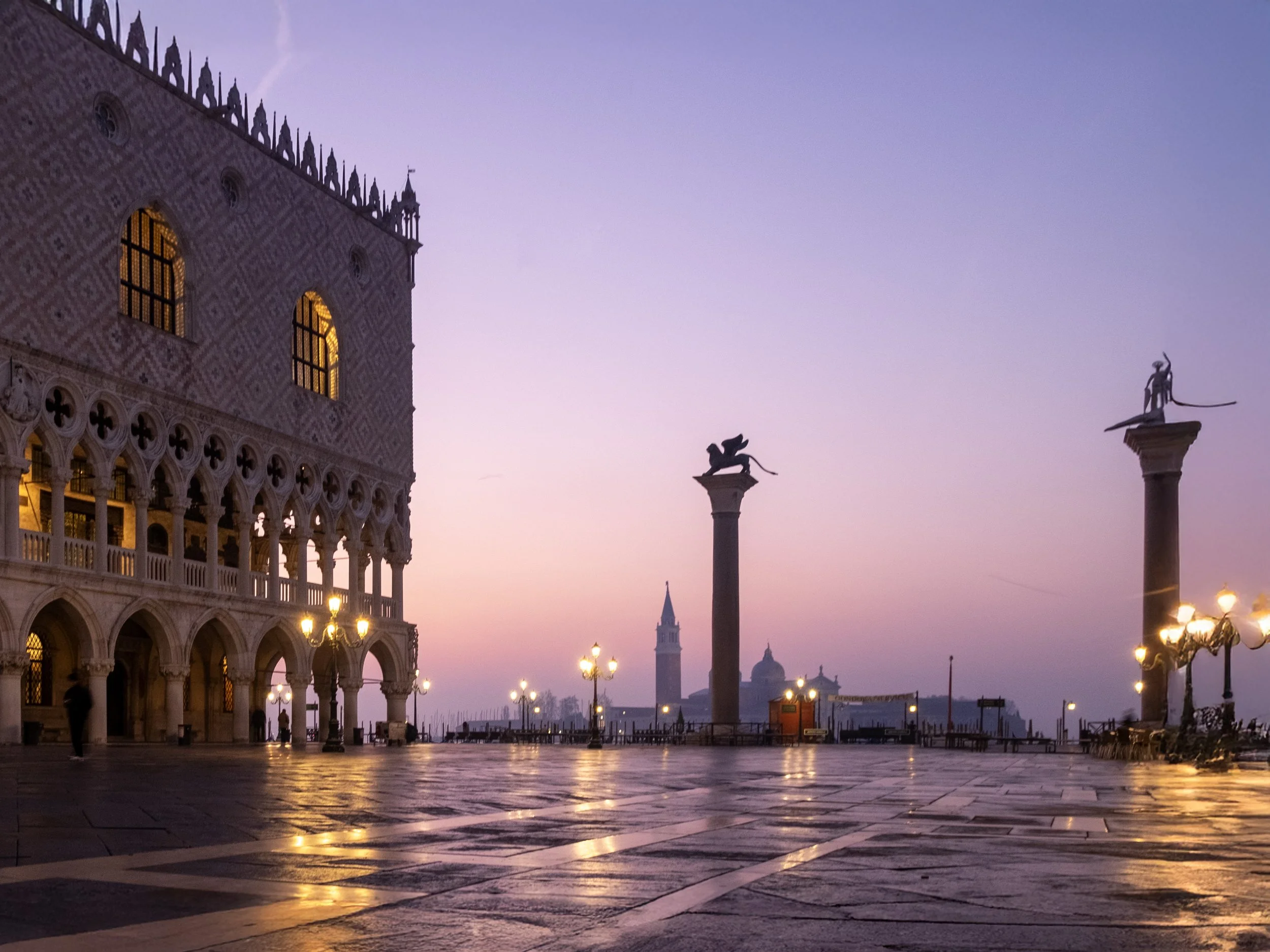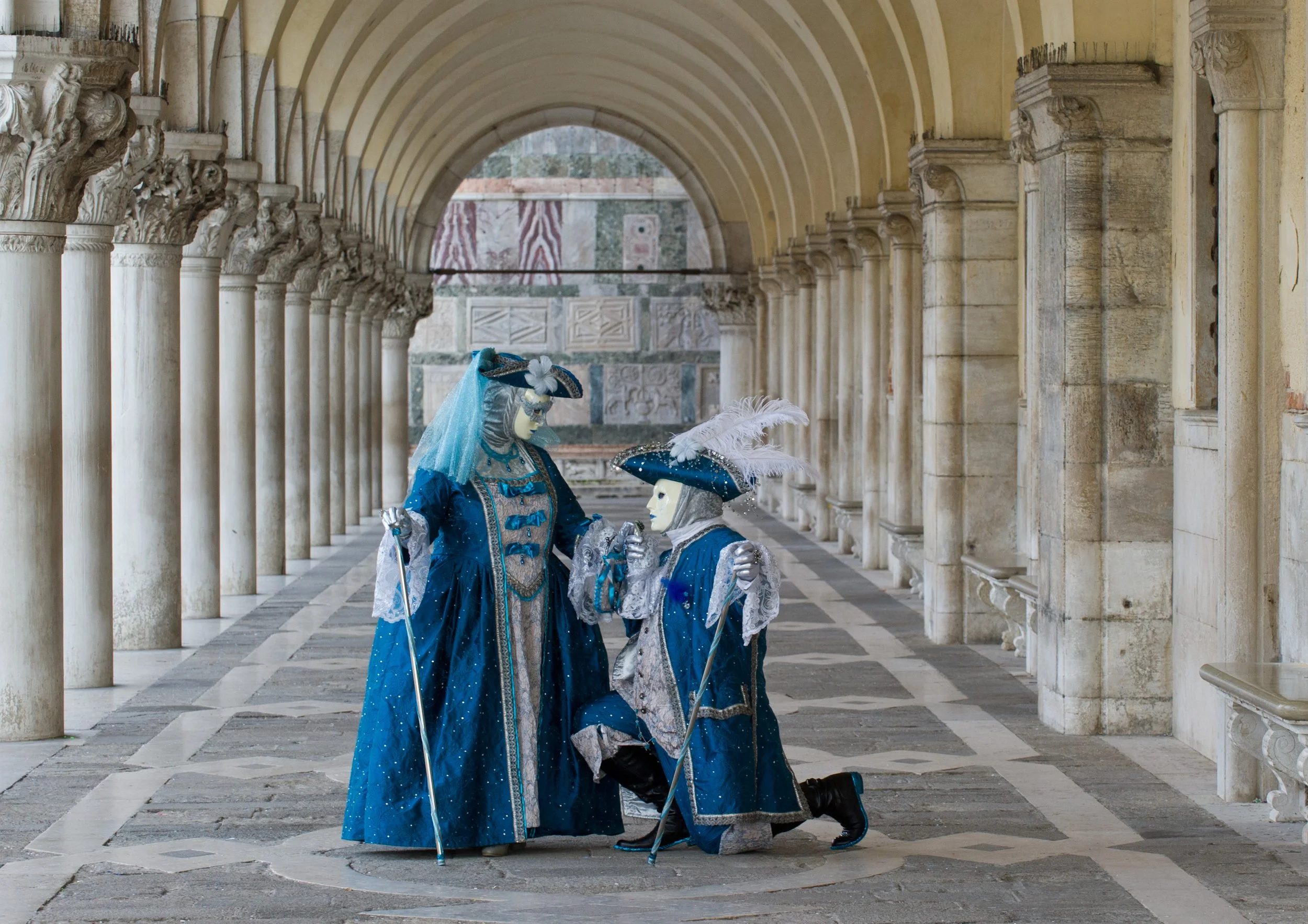I know we are not even at Christmas but I just realised yesterday, that Carnival is getting closer and closer. For 2012 will be between the 4th of February and 21st February 2012. The main events will start from the 11th of February. Few tips on what to do are here
Even Federico mentioned Carnival yesterday during a very nice book presentation so here we are to talk about Carnival. I know there are many versions about the origins of Carnival, the one that I like best is the following.

The oldest document pertaining to the use of masks in Venice dates back to 2nd May 1268. In the document it is written that it was forbidden for masqueraders to practice the game of the "eggs". From the early 14th century onwards, new laws started to be promulgated, with the aim of stopping the relentless moral decline of the Venetian people of the day. This restrictive carnival legislation started with a decree on 22nd February 1339 prohibiting masqueraders from going around the city at night. A decree that helps us understand just how libertine the Venetians of the day were, is that of the 24th January 1458 which forbade men from entering convents dressed as women to commit "multas inhonestates"! In a similar vein, the decree of 3rd February 1603 is interesting in that it attempted to restore morality in the convents.
Masqueraders were banned from entering the nuns’ parlous – it had been the convention to sit in the parlous and talk to the nuns. Frequently, decrees were promulgated prohibiting masqueraders from carrying arms or any instrument which could cause harm, or other decrees which forbade masqueraders from entering churches. This obligation was extended to the townsfolk who were not allowed to enter churches wearing "indecent attire". 1608 was an important year, the 13th August to be precise, when a decree from the council of 10 was issued declaring that the wearing of the mask throughout the year posed a serious threat to the Republic. To avoid the terrible consequences of this immoral behavior, every citizen, nobleman and foreigner alike, was obliged to only wear a mask during the days of carnival and at official banquets.
The penalties inflicted for breaking this law were heavy – for a man this meant two years in jail, 18 months’ service to the Republic galley-rowing (with ankles fettered) and not only that, a 500 lire fine to the Council of 10. As for women, they were whipped from St Mark’s all the way to Rialto, then held to public ridicule between the two columns in St Mark’s. They were banned from entering the territory of the Venetian Republic for 4 years and had to pay the 500 lire fine to the Council of 10. 50 years after the decree of 1608, the Council of 10 published a proclamation on the 15th January reaffirming the ban on wearing masks and bearing arms.
It was further prohibited to enter holy places wearing a mask and it was expressly forbidden to wear religious clothes with a mask. In the same decree the use of drums was banned before midday, and even dancing of any description was prohibited outside of the carnival period. Seeing that many Venetian nobles used to go gambling wearing a mask to avoid their creditors, in 1703, masks were banned all year round from casinos.
Two different decrees (1699 and 1718) saw the prohibition of wearing a mask during Lent and other religious festivals which took place during carnival. In 1776, an act introduced to protect the by now forgotten "family honor", forbade all women from going to the theatre without a mask and cloak. After the fall of the Republic, the Austrian government forbade the use of masks for both private parties and elite parties (e.g., la Cavalchina della Fenice) . The Italo-Austrian government was more open but now it was the Venetians who were being diffident. Venice was no longer the city of carnival, but just a little imperial province without personal liberty. During the second Austrian government it was once again permitted to wear masks.
Nowadays is one of the main events in Venice and thousands of people come to Venice.











 Gondoliers dressed in 16th century costumes ferry people performing a Nativity scene from St Mark's to the Island of San Giorgio.
Gondoliers dressed in 16th century costumes ferry people performing a Nativity scene from St Mark's to the Island of San Giorgio.







